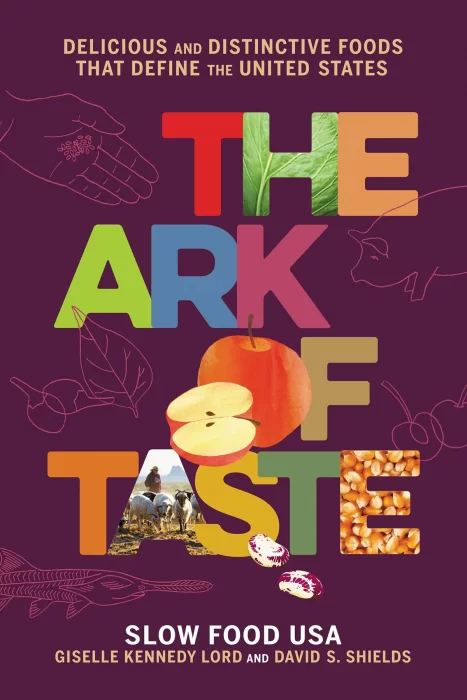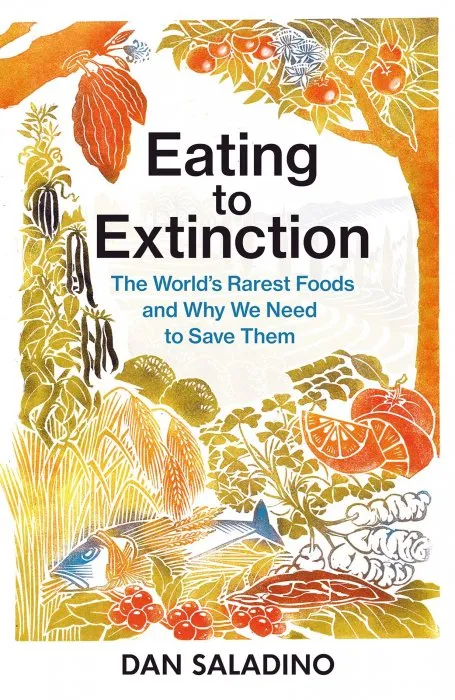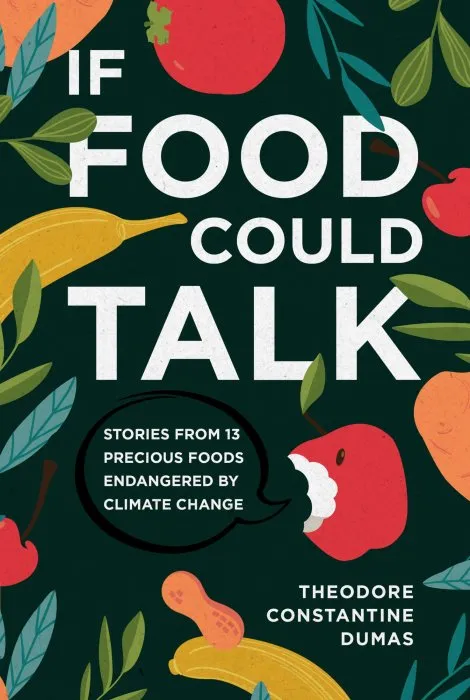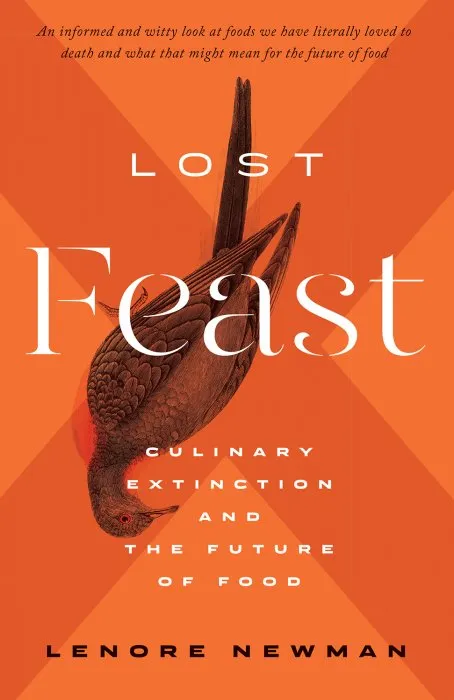Endangered Eating: America's Vanishing Foods
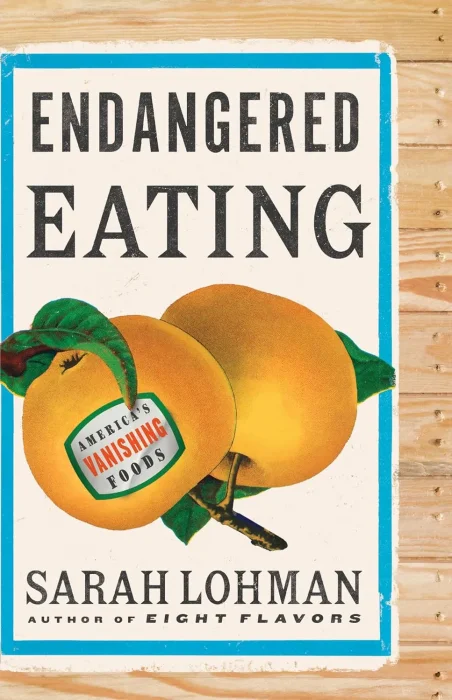
Date: October 24th, 2023
ISBN: 1324004665
Language: English
Number of pages: 336 pages
Format: EPUB
Add favorites
One of Eater's Best Food Books to Read This Fall
American food traditions are in danger of being lost. How do we save them?
Apples, a common New England crop, have been called the United States' "most endangered food." The iconic Texas Longhorn cattle is categorized at "critical" risk for extinction. Unique date palms, found nowhere else on the planet, grow in California's Coachella Valley—but the family farms that caretake them are shutting down. Apples, cattle, dates—these are foods that carry significant cultural weight. But they're disappearing.
In Endangered Eating, culinary historian Sarah Lohman draws inspiration from the Ark of Taste, a list compiled by Slow Food International that catalogues important regional foods. Lohman travels the country learning about the distinct ingredients at risk of being lost. Readers follow Lohman to Hawaii, as she walks alongside farmers to learn the stories behind heirloom sugarcane. In the Navajo Nation, she assists in the traditional butchering of a Navajo Churro ram. Lohman heads to the Upper Midwest, to harvest wild rice; to the Pacific Northwest, to spend a day wild salmon reefnet fishing; to the Gulf Coast, to devour gumbo made thick and green with filé powder; and to the Lowcountry of South Carolina, to taste America's oldest peanut—long thought to be extinct. Lohman learns from those who love these rare ingredients: shepherds, fishers, and farmers; scientists, historians, and activists. And she tries her hand at raising these crops and preparing these dishes. Each chapter includes two recipes, so readers can be a part of saving these ingredients by purchasing and preparing them.
Animated by stories yet grounded in historical research, Endangered Eating gives readers the tools to support community food organizations and producers that work to preserve local culinary traditions and rare, cherished foods—before it's too late.
American food traditions are in danger of being lost. How do we save them?
Apples, a common New England crop, have been called the United States' "most endangered food." The iconic Texas Longhorn cattle is categorized at "critical" risk for extinction. Unique date palms, found nowhere else on the planet, grow in California's Coachella Valley—but the family farms that caretake them are shutting down. Apples, cattle, dates—these are foods that carry significant cultural weight. But they're disappearing.
In Endangered Eating, culinary historian Sarah Lohman draws inspiration from the Ark of Taste, a list compiled by Slow Food International that catalogues important regional foods. Lohman travels the country learning about the distinct ingredients at risk of being lost. Readers follow Lohman to Hawaii, as she walks alongside farmers to learn the stories behind heirloom sugarcane. In the Navajo Nation, she assists in the traditional butchering of a Navajo Churro ram. Lohman heads to the Upper Midwest, to harvest wild rice; to the Pacific Northwest, to spend a day wild salmon reefnet fishing; to the Gulf Coast, to devour gumbo made thick and green with filé powder; and to the Lowcountry of South Carolina, to taste America's oldest peanut—long thought to be extinct. Lohman learns from those who love these rare ingredients: shepherds, fishers, and farmers; scientists, historians, and activists. And she tries her hand at raising these crops and preparing these dishes. Each chapter includes two recipes, so readers can be a part of saving these ingredients by purchasing and preparing them.
Animated by stories yet grounded in historical research, Endangered Eating gives readers the tools to support community food organizations and producers that work to preserve local culinary traditions and rare, cherished foods—before it's too late.
Download Endangered Eating: America's Vanishing Foods
Similar books
Information
Users of Guests are not allowed to comment this publication.
Users of Guests are not allowed to comment this publication.
